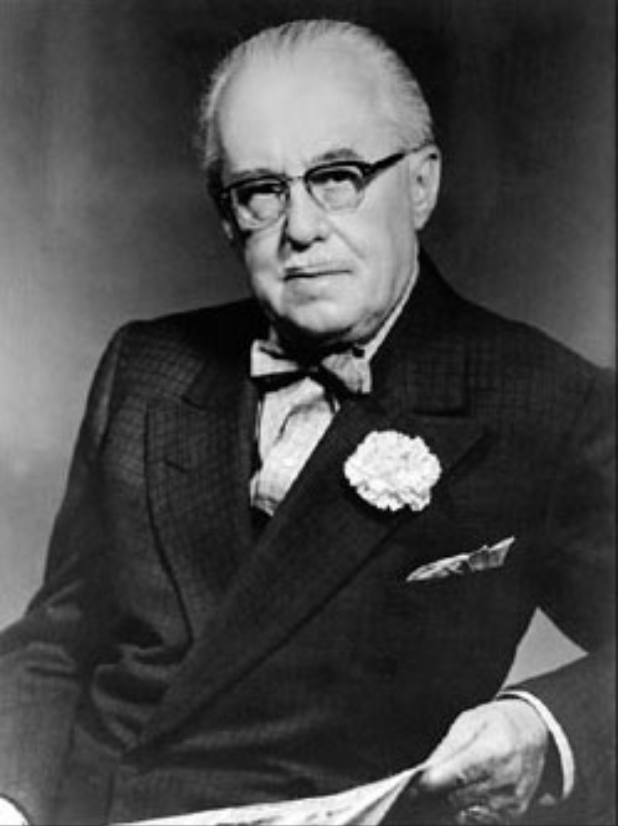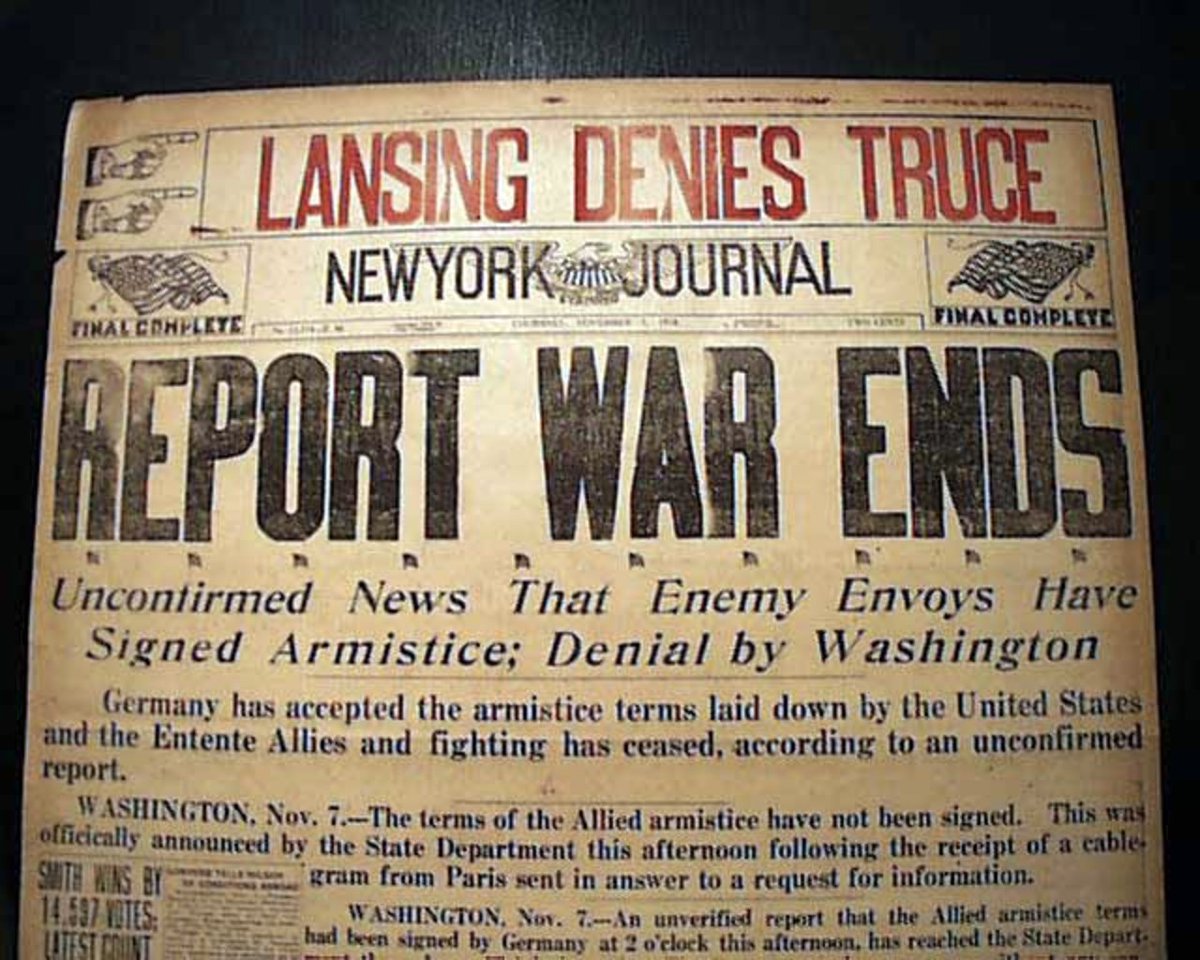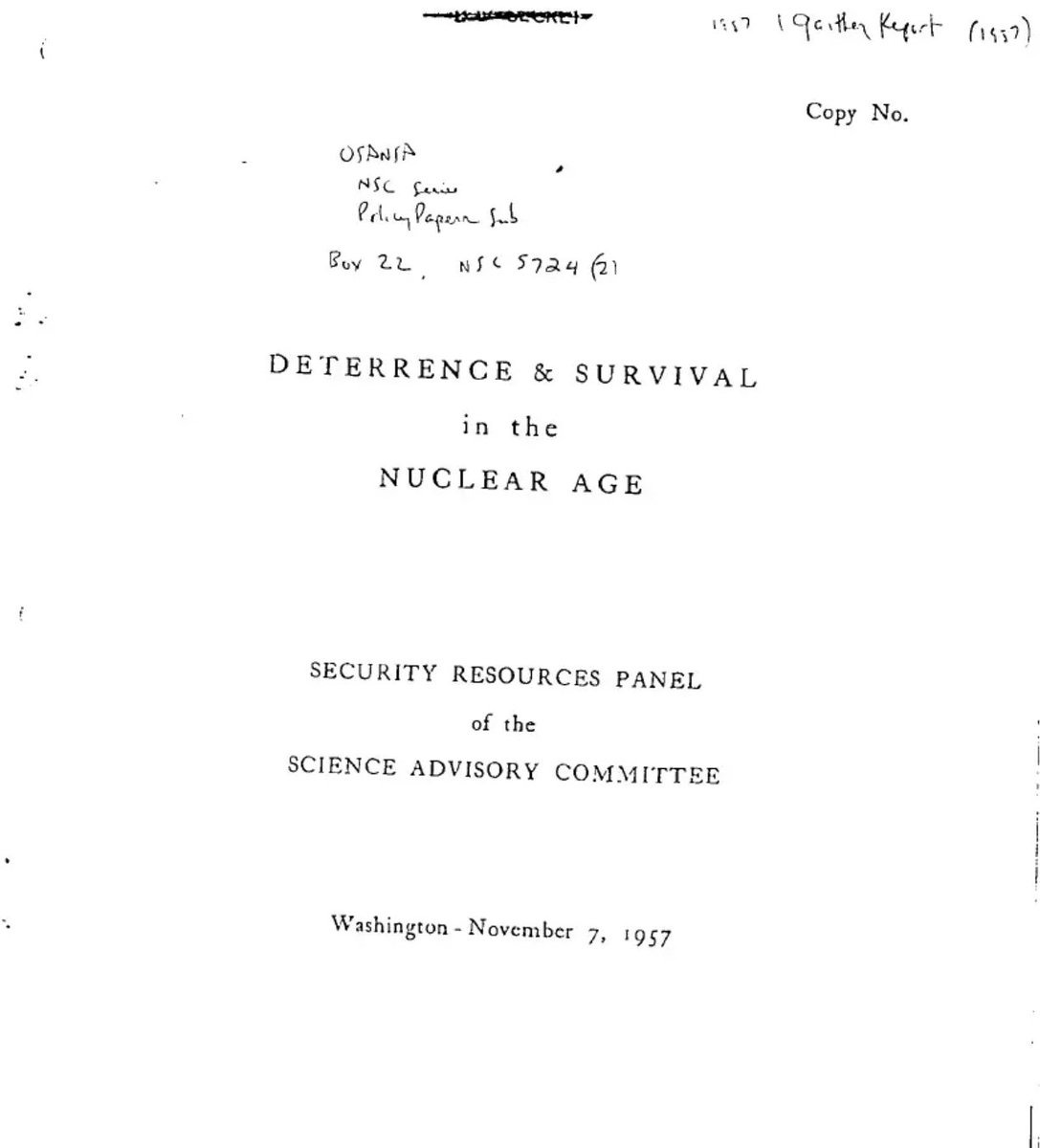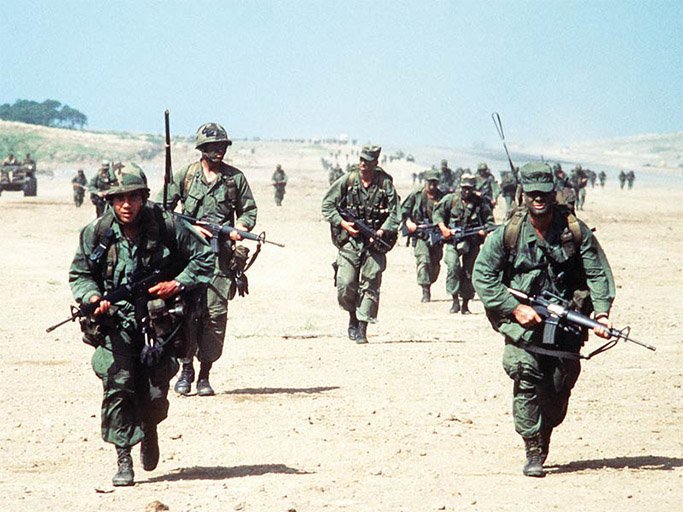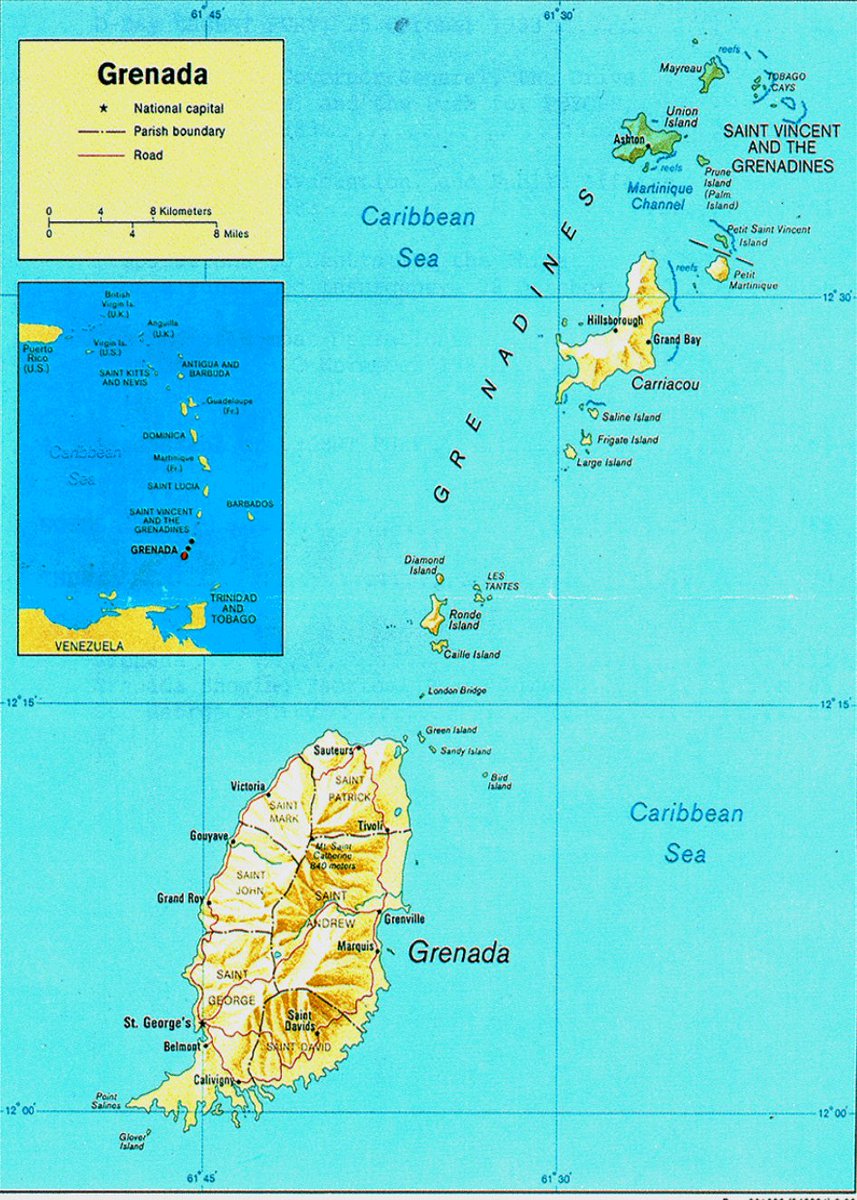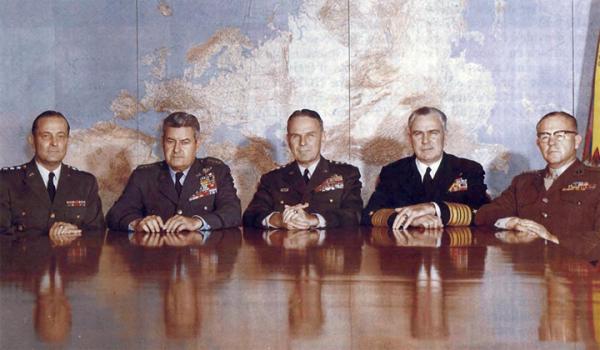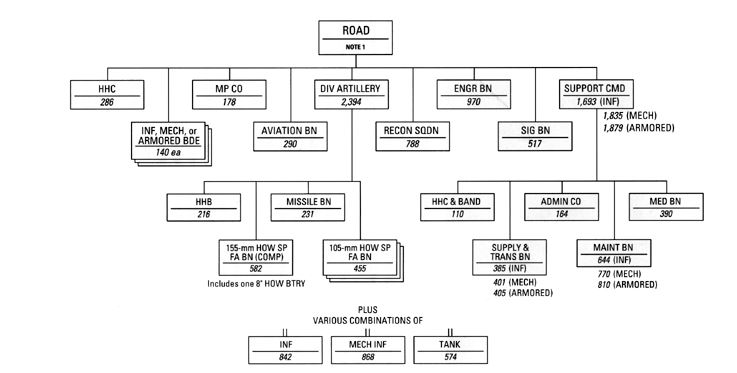
1 of 5:
Tomorrow at noon! The Big Reveal. We'll announce the winner of Dragon's Lair Episode 2.
In the meantime, here are Exit Interviews taken of our contestants as soon as they were complete with their pitches.
First up, Ashley Savage. Where's #TeamAshley?
Tomorrow at noon! The Big Reveal. We'll announce the winner of Dragon's Lair Episode 2.
In the meantime, here are Exit Interviews taken of our contestants as soon as they were complete with their pitches.
First up, Ashley Savage. Where's #TeamAshley?
2 of 5:
Here's out Exit Interview with Lisa Bailey taken from Fort Drum as soon as she finished giving her pitch via MS Teams to our panel.
#TeamLisa
@10MTNDIV @drum10thmtn
Here's out Exit Interview with Lisa Bailey taken from Fort Drum as soon as she finished giving her pitch via MS Teams to our panel.
#TeamLisa
@10MTNDIV @drum10thmtn
3 of 5: Rafael ColonHernandez gave his pitch from @FortKnoxKY where he's going through the Sergeant Major Assessment Program. He gave his Exit Interview from the barracks during a break in the assessments.
#TeamRafael
@Colon1Rafael
#TeamRafael
@Colon1Rafael
4 of 5: Erin Silden was one of two Innovators representing the @101stAASLTDIV. We caught his thoughts on his pitch and the process as soon as he walked out of the Dragon's Lair.
5 of 5: Trevor Cross walked out of the Dragon's Lair with a smile on his face. Will he be smiling tomorrow at noon? We'll see.
• • •
Missing some Tweet in this thread? You can try to
force a refresh





